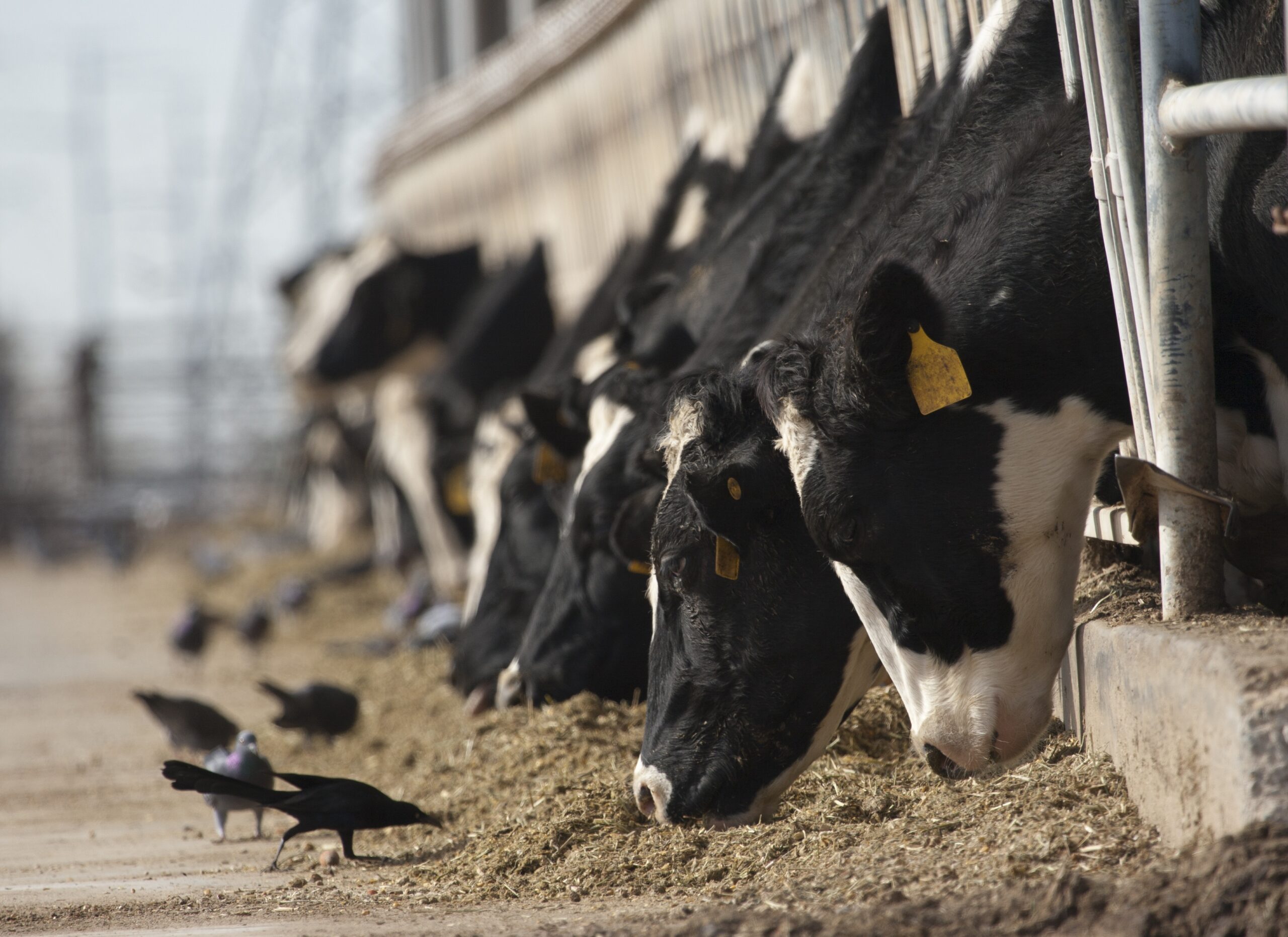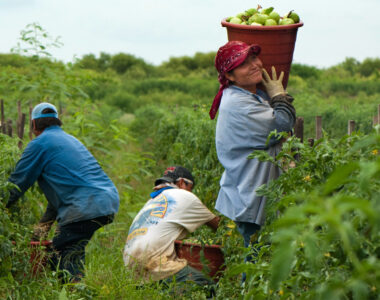
In May 2025, the U.S. Department of Agriculture (USDA) enacted an immediate suspension of Mexican cattle imports, as well as imports of horses and bison, in response to an outbreak of the New World screwworm — a dangerous parasitic pest that poses a severe risk to livestock.
This decision has wide-reaching effects on cattle farmers, trade relations, and biosecurity efforts across North America.
What Is the New World Screwworm?
The New World screwworm is a parasitic fly whose larvae infest wounds in warm-blooded animals, feeding on live tissue. Infected animals can suffer severe injury, and without treatment, the condition can be fatal.
Although the U.S. eradicated the pest in 1966, recent detections in southern Mexico — particularly in Oaxaca and Veracruz — have raised concerns. These cases occurred about 700 miles from the U.S. border, but their spread northward remains a serious threat.
To avoid a reintroduction of the pest into the United States, the USDA issued the suspension of Mexican cattle imports as a proactive measure.
Why the U.S. Suspended Cattle Imports from Mexico
The USDA’s suspension was grounded in the need to protect the American livestock industry and food supply. Agriculture Secretary Brooke Rollins stressed that the last major outbreak of the screwworm in the U.S. took decades and millions of dollars to fully eradicate.
The suspension of Mexican cattle imports is intended to prevent history from repeating itself. Even a small outbreak could ripple through the agricultural economy, endanger animal welfare, and undermine trade stability.
Impact on Cattle Farmers and Supply Chains
The suspension of Mexican cattle imports is already being felt in the marketplace. U.S. cattle futures surged to record highs after the announcement due to fears of reduced supply. The U.S. typically imports over one million head of cattle annually from Mexico — a critical part of the cross-border supply chain.
For U.S. cattle producers, this could be a double-edged sword. While higher prices may benefit some, any instability in the flow of cattle affects feedlot planning, market forecasting, and the ability to meet consumer demand. On the Mexican side, ranchers face major disruptions in their export operations and growing economic uncertainty.
Efforts to Combat the Screwworm
In response to the outbreak, the USDA and Mexican officials are working together to contain the spread. A major part of that effort includes a $21 million investment in renovating a screwworm sterilization facility in southern Mexico.
The strategy involves releasing sterile flies into infected areas — a proven method to control screwworm populations without pesticides. This investment is critical to lifting the suspension of Mexican cattle imports and resuming safe trade.
What Happens Next?
The USDA will review the suspension of Mexican cattle imports on a monthly basis. If containment efforts succeed and the pest threat subsides, restrictions could be lifted gradually.
Until then, both countries are continuing surveillance, sharing data, and coordinating mitigation strategies. Farmers and ranchers are encouraged to stay informed through USDA updates and to remain vigilant about animal health inspections and reporting.
Why This Matters
The suspension of Mexican cattle imports is a reminder of how quickly biosecurity threats can disrupt agriculture. It also highlights the importance of international cooperation in protecting livestock, food supply chains, and trade relationships.
As the situation develops, staying informed and prepared will be key for producers on both sides of the border. Biosecurity isn’t just a regulatory concern — it’s essential to the health of the entire agricultural system.
Stay connected. Stay informed. And support resilient, local supply chains whenever possible.



